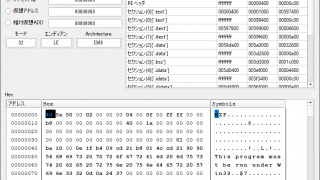

actual_vals = time_series_df.actuals.values actual_log = np.log10(actual_vals)ĭivide the data to train and test with 70 points in test data.įirst let’s try to apply SARIMA algorithm for forecasting. Installing and importing libraries for visualization #Installing specific version of plotly to avoid Invalid property for color error in recent version which needs change in layout !pip install plotly=2.7.0 import pandas as pd import numpy as np from plotly.offline import download_plotlyjs, init_notebook_mode, plot, iplot import otly as py import matplotlib.pyplot as plt from matplotlib import pyplot import aph_objs as go init_notebook_mode(connected=True) time_series_df=pd.read_csv('./input/time-series-data/time_series_data.csv') time_series_df.head()Įxtract the values and apply log transform to stabilize the variance in the data or to make it stationary before feeding it to the model.

Let’s implement it and look at its pros and cons. Once we have the forecast we can use that data to detect anomalies on comparing them with actuals. Time series forecasting helps us in preparing us for future needs by estimating them with the current data. Many use cases like demand estimation, sales forecasting is a typical time series forecasting problem which could be solved by algorithms like SARIMA, LSTM, Holtwinters etc. For eg: revenue at a store every day is a time series data at a day level. Time series is any data which is associated with time(daily, hourly, monthly etc). Here we will see about detecting anomalies with time series forecasting. Hi, this is a follow-up article on anomaly detection(Link to the previous article: where we did anomaly detection using unsupervised learning).


 0 kommentar(er)
0 kommentar(er)
